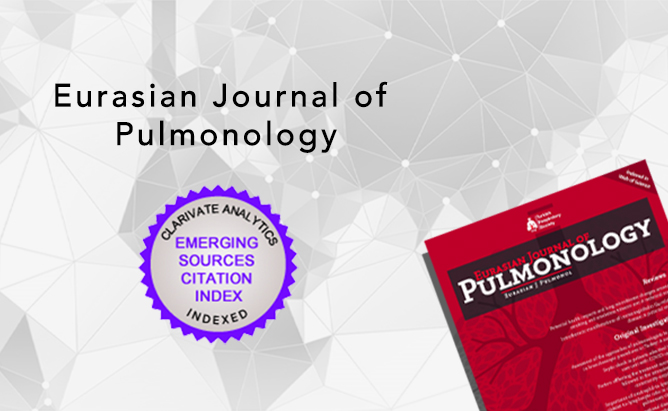2Department of Nuclear Medicine, Ankara Atatürk Chest Disease and Thoracic Surgery Training and Research Hospital, Ankara, Turkey
3Department of Pathology, Ankara Atatürk Chest Disease and Thoracic Surgery Training and Research Hospital, Ankara, Turkey
4Department of Thoracic Surgery, Ankara Atatürk Chest Disease and Thoracic Surgery Training and Research Hospital, Ankara, Turkey
5Department of Chest Disease, Izmir Suat Seren Chest Disease and Thoracic Surgery Training and Research Hospital, İzmir, Turkey
Abstract
BACKGROUND: The impact of newly defined subtypes and grades of adenocarcinoma on the survival and their reflection on imaging methods and nuclear medicine practices are popular research topics. AIMS: The aim of the study is to investigate quantitative positron emission tomography (PET) parameters and the adenocarcinoma grading system of the International Association for the Study of Lung Cancer, American Thoracic Society, and European Respiratory Society in terms of survival and potential prognosis prediction value in operated lung adenocarcinoma patients. STUDY DESIGN: One hundred and seventy-nine patients who were surgically treated for adenocarcinoma of the lung were included in the study. 2-deoxy-2-(18F) fluoro-D-glucose (FDG) PET/computerized tomography (CT) was applied for initial staging.
MATERIALS AND METHODS: For quantitative evaluation, maximum standardized uptake values (SUVmax), metabolic tumor volume (MTV), and total lesion glycolysis (TLG) of the primary tumors were calculated.
RESULTS: There was a statistically significant relation between grade and radiological appearance, but tumor grade and SUVmax, TLG, and MTV parameters showed no significant correlation. Pathological tumor size and PET/CT had strong correlation (P < 0.001, r = 0.816). There was no relationship between mortality and tumor grade (P = 0.980). SUVmax, MTV, and TLG were more predictive for survival than disease grade (P = 0.022, 0.044, and 0.012, respectively). Survival differences were observed according to the cutoff values for TLG (49.66) and MTV (9.68) (P < 0.05). Vascular invasion and central settlement were related to lymph node involvement (P < 0.001). When the tumor/lymphadenopathy SUVmax ratio was <2.5, risk of metastatic lymph node was higher (P < 0.001).
CONCLUSION: Metabolic parameters are still superior to new adenocarcinoma grading system in terms of survival. Measurement of tumor size on PET/CT is an important predictive value about pathological T-stage.




 Ülkü Yilmaz1
Ülkü Yilmaz1 




